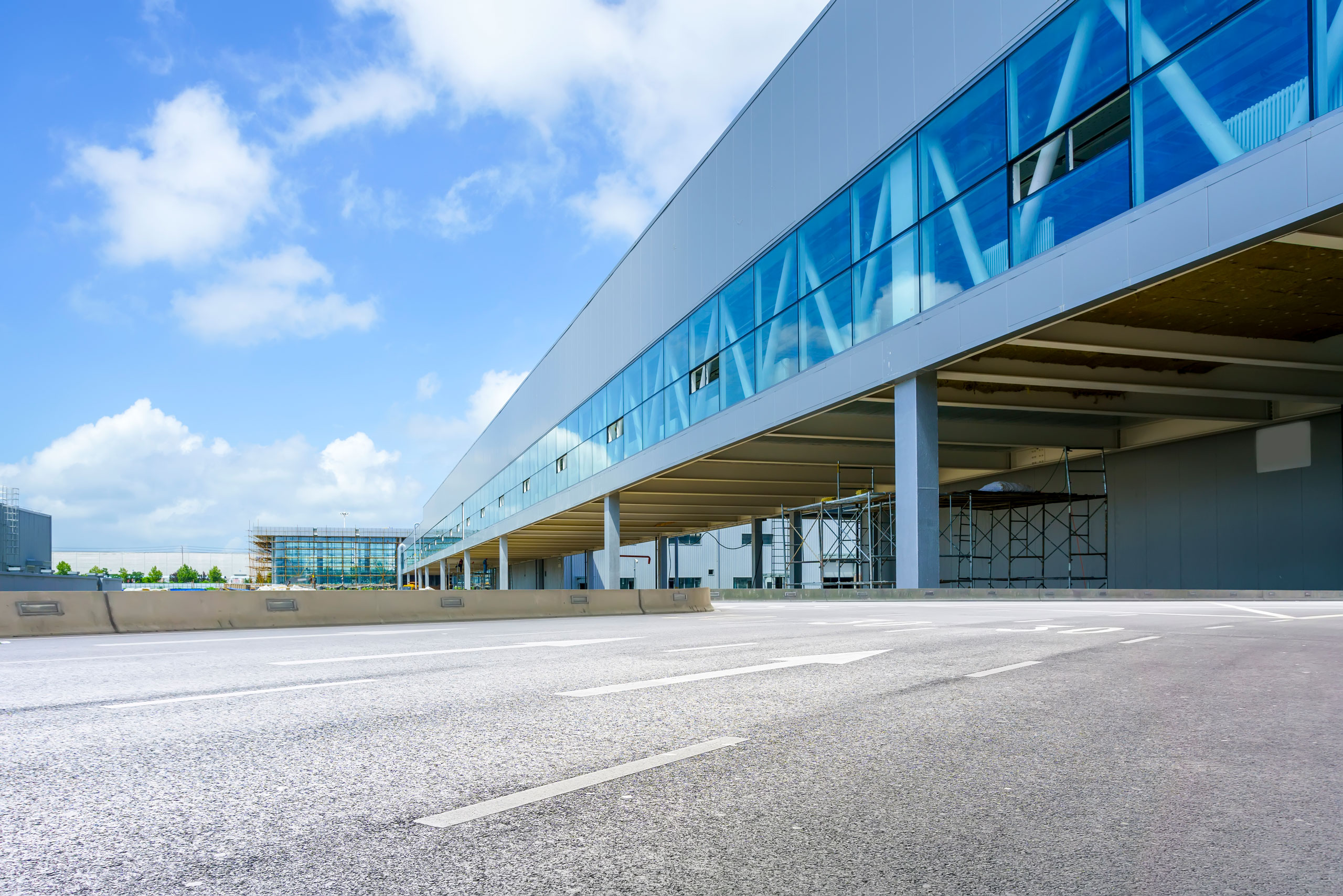Menu

Duration: 0.50 Hrs
Course Level: Fundamental
Languages: English
Capability: Audio, Video, MobileReady
Confused about the difference between PVC and CPVC piping? Can you explain how copper pipe is swaged or sweated? How is PVC pipe joined or connected? This course looks at three types of plumbing piping; plastic, steel and copper. At the end of this training you will have general knowledge of the uses for plastic, steel and copper pipe. You will know what fluids each type of pipe can convey safety. Joining methods suitable for each type of pipe will be discussed. While the material presented in the training is not intended to lead directly to performing these joining techniques, you should be able to discuss the techniques and be able to inspect piping systems. With assistance and guidance from a skilled plumber, you should be able to start performing joining techniques, especially gluing of PVC pipe. Finally, you will also understand the potential hazards in each of the pipe joining methods.
By the end of this course, you will be able to:
Duration: 0.50 Hrs
Course Level: Fundamental
Languages: English
Capability: Audio, Video, MobileReady
Did you know caulking around the toilet base and the floor can confine a water leak allowing it to enter the floor structure and damage it? Basic plumbing repair, maintenance procedures, and skills are required to properly maintain the fixtures used in public restrooms and commercial facilities. Some of the most common plumbing fixtures used in these buildings include; toilets, urinals, sinks, and the associated valves, traps, piping, and sealing components. This interactive online course covers the plumbing maintenance course covers the operation and maintenance of basic components used in water supply and drainage systems of households and commercial restrooms. The tools and techniques to perform these basic plumbing projects are presented. Procedures to perform basic repairs and replacement of various types of traps and valves are discussed and demonstrated using illustrations and photos.
By the end of this course, you will be able to:
Duration: 0.50 Hrs
Course Level: Fundamental
Languages: English
Capability: Audio, Video, MobileReady
Backflow is an often unknown or misunderstood phenomena. Even less understood is the purpose of backflow preventers and how they operate. Backflow is a condition in which water in a building or facility will flow backwards, creating a potential hazard to the domestic water system. Without a properly selected, installed, maintained and tested backflow device, hazard conditions resulting in illness or even death can occur. In this interactive online course, you will be introduced to what backflow is, under what conditions backflow can occur and the provisions to prevent backflow from occurring. Several key definitions will be presented and the operation of each type of backflow preventer is briefly explained. At the end of this training you will have a workable understanding of backflow devices and how to troubleshoot breakdowns.
By the end of this course, you will be able to:
Duration: 0.50 Hrs
Course Level: Fundamental
Languages: English
Capability: Audio, Video, MobileReady
Do you know the difference between a “street ell” and a “dielectric union”? A thorough understanding of plumbing systems is not possible without knowledge of the importance of fittings. While fittings are small and seldom seen, their importance cannot be overstated. Fittings provide the accessories to complete a plumbing system. Couplings allow multiple pipe sections to be connected. Elbows provide the mechanism for pipes to change direction. Unions are essential for easily disassembling plumbing systems for maintenance and repair. Plastic, steel and copper water piping systems will be covered, for waste systems plastic and cast-iron piping will be discussed. The unique connection methods for each piping material will be reviewed. While there are dozens of fittings available to the plumber only the most common ones will be presented including, couplings, elbows, unions, nipples and reducers. The cause of galvanic corrosion will be examined along with the fitting that prevents this type of corrosion. At the conclusion of this training you will be able to describe the connection method of various pipe materials and the tools and techniques required. You will be able to identify and describe a “street ell” and a “dielectric union”. You will become aware of troubling procedures for leaking unions. Finally, information on drain piping and the connection methods using “no-hub fittings will be presented.
By the end of this course, you will be able to: